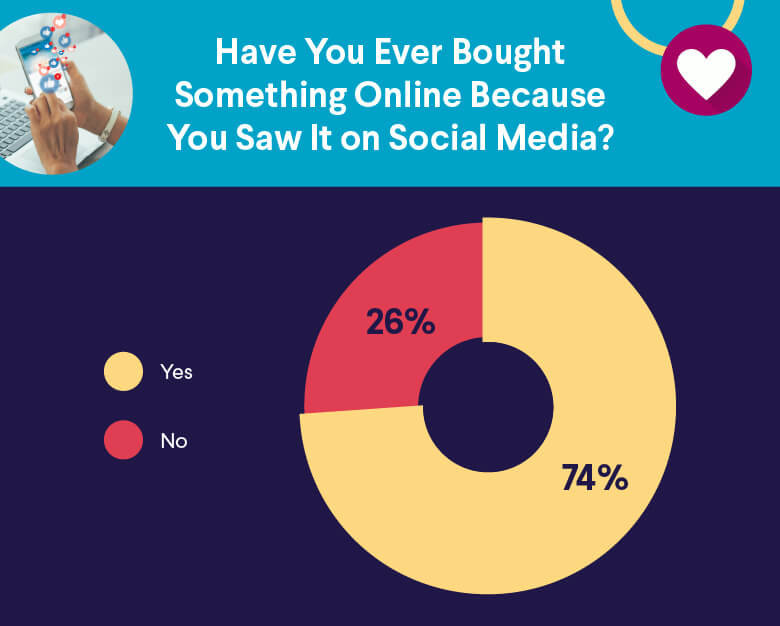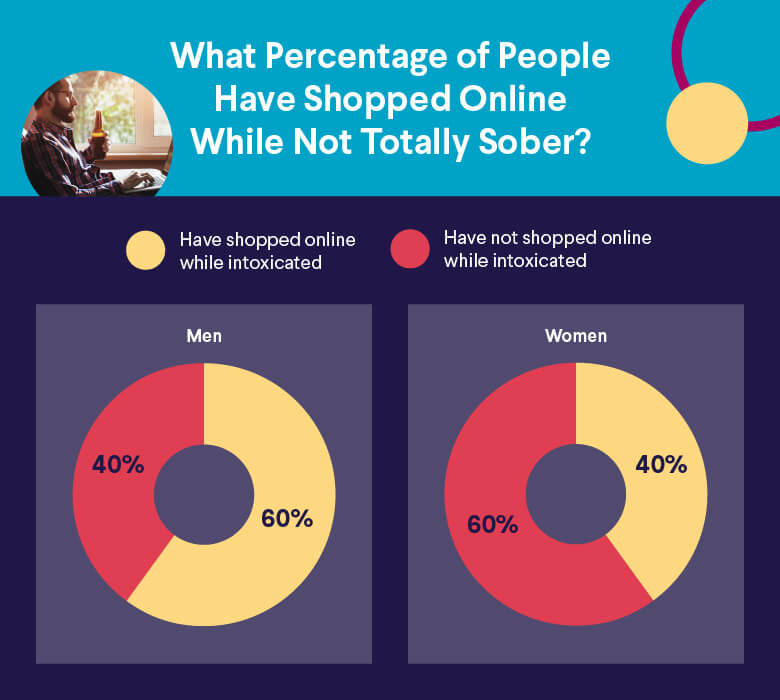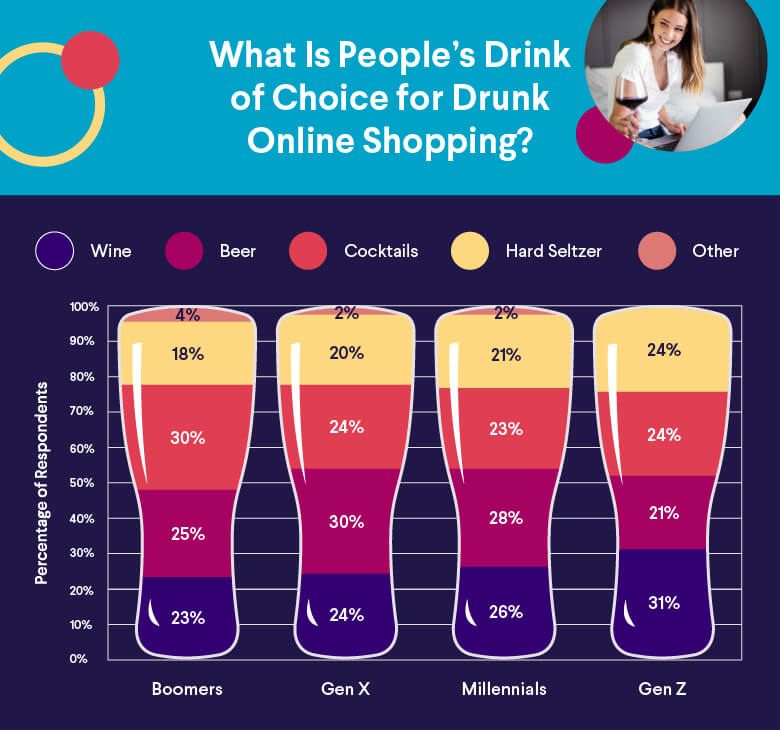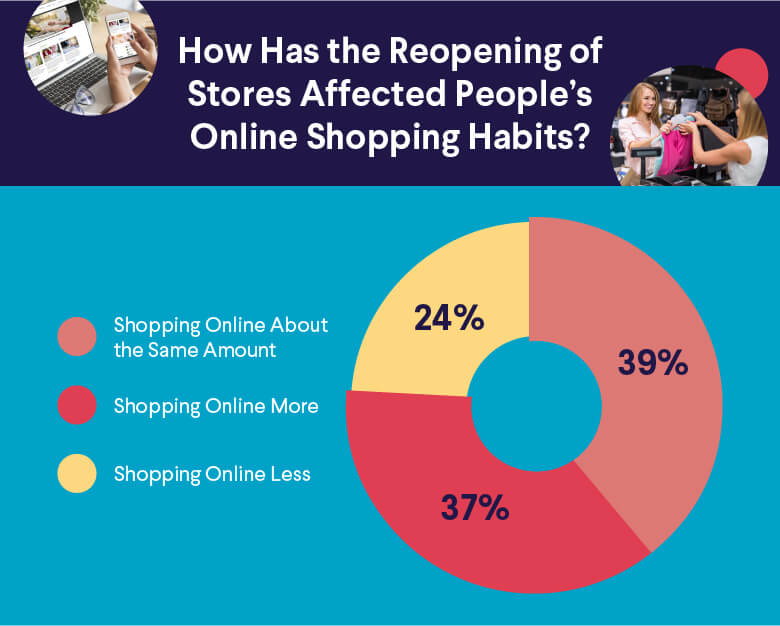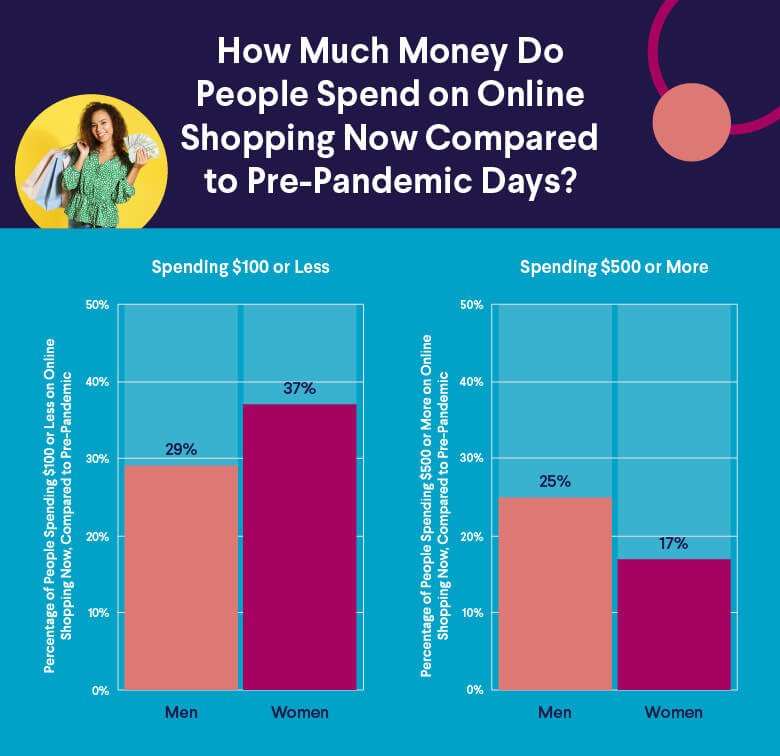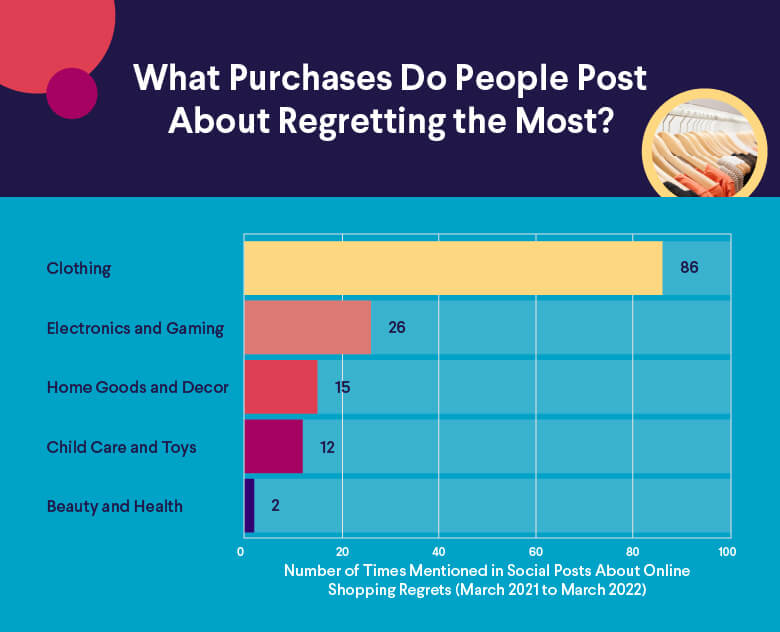Guide to Electronic Checks (E-Checks)
From cash to credit cards to payment apps to cashiers checks, there’s no shortage of ways to make payments these days. One option that’s falling somewhat out of fashion? Paper checks. One modern alternative is to use an electronic check, which functions similarly to an old-school check but is managed completely digitally.
What is an electronic check? Keep reading to learn more about how this popular payment method works, including:
• What is an electronic check or e-check?
• How does an electronic check work?
• What are the pros and cons of e-checks?
• How do electronic checks differ from credit card payments and wire transfers?
• Are e-checks safer than traditional checks?
What Is an Electronic Check?
An electronic check (also known as an e-check) serves the same purpose as a traditional paper check but works digitally. When someone uses an electronic check, the amount they wrote the check for will be withdrawn from their (the payer’s) checking account and will be transferred via ACH network to be deposited into the payee’s checking account.
The ACH (Automated Clearing House) network is an electronic network that U.S. financial institutions utilize to make payments digitally—eliminating the need for paper checks.
Recommended: How to Verify a Check Before Depositing It
How Does an Electronic Check Work?
An electronic check works in much the same way as a traditional paper check. It’s possible to use electronic checks to make a variety of purchases and payments online. Someone can use an electronic check to make significant recurring payments such as their monthly rent or loan payments. It’s fairly common for businesses to make it possible to make purchases using an electronic check. Here’s why: This method helps them avoid the processing fees required to accept credit card or debit card transactions. This is especially popular with small businesses who are hit harder by these fees.
It can take about three to five days for an electronic check to process. Why does it take so long? To start, the funds have to be verified as actually being available to make the purchase and then need to be cleared by the ACH. Next, the funds have to be deposited and made available to the recipient so they can withdraw the funds from their bank account.
There are two main ways a consumer can use an electronic check. These are the options, which are slightly different but achieve the same result:
• Fill out an online payment form with information such as checking account number (whether you have a standard or a premium checking account), payment amount, and bank routing number. The payer will then submit the payment to the payee, thereby authorizing them to withdraw the check amount from the payer’s checking account.
• Complete an automated online process that involves inputting payment information and bank account information and then authorizing the payment.
Processing Electronic Checks
Processing an electronic check works is similar to processing a paper check. It may move along faster (you don’t mail an e-check, for instance), while eliminating the use of paper which leads to waste. The exact processing time will vary, depending on the institutions involved; funds might be made available the next day, or (as noted above) it might take a few days for the payment to clear. Paper checks typically take two days or somewhat longer to clear.
These are the steps that occur to process an electronic check:
• Approve authorization. The payer needs to authorize the payee to complete the transaction. Usually this is done over a recorded phone call, an online payment form, or a signed order form.
• Set up payment. Once the purchase is authorized, the payee can add the payment information included on the electronic check and form into their online payment processing software. If the payer wants to set up a recurring payment, they can specify what that recurring payment schedule is.
• Finalize and submit payments. After all required information is added to the payment software, the payee can submit the payment and begin the ACH transaction process.
• Deposit the funds. The payment will be withdrawn from the payer’s bank account and deposited into the payee’s account. At this point, the payer should receive a payment receipt confirming the payment went through.
Recommended: How to Balance Your Account Monthly
Advantages of E-Checks
These are some of the advantages associated with electronic checks.
• Electronic checks are usually protected by more security measures than paper checks like multi-factor authentication, digital signatures, and multiple forms of digital encryption which helps protect against hackers.
• It’s unlikely that the payment amount can be altered or changed like on a paper check (by adding extra zeros).
• Electronic checks are likely less expensive than paper checks as the payer doesn’t have to pay to order them, buy stamps to mail them, or spend gas money to drive and deliver them to the payee. Fees for a business to process electronic checks are also cheaper and only costs about $0.10 compared to $1 for paper checks. (Worth noting: Sometimes, there may be fees for cashing a paper check for consumers as well.)
• There can be less work involved to deposit the check on the payee’s side since the payment goes through digitally.
• This payment method may process a bit faster than paying by paper checks (although a paper check known as a cashiers check typically pays very quickly).
Get up to $300 when you bank with SoFi.
Open a SoFi Checking and Savings Account with direct deposit and get up to a $300 cash bonus. Plus, get up to 4.60% APY on your cash!
Disadvantages of E-Checks
There are not many disadvantages associated with electronic checks, but some people may be concerned about these issues.
• Hackers may try to gain access to them.
• Not all merchants may accept them (although many do).
• Paper checks can be signed over to someone else, which can in some situations make them more convenient than an e-check.
Another point to consider: If you are the kind of person who likes to write checks to yourself or to cash, you probably can’t do this with electronic checks.
E-Checks vs Credit Card Payments
Electronic checks and credit card payments can feel similar since they are both cashless and don’t require you to write a paper check to process a payment. However, they do function differently.
• An electronic check pulls funds from a checking account, while a credit card payment means the payer borrows money to make a purchase. That also means a payer who uses an e-check avoids interest charges if they are the type to carry a balance on their credit card.
• While electronic checks rely on the ACH to process payments, credit cards use credit card networks for their processing.
• Making payments with a credit card can lead to earning rewards like travel points and cash back. Electronic checks typically don’t earn any rewards.
Recommended: What Is a Second-Chance Checking Account?
E-Checks vs Wire Transfers
Electronic checks and wire transfers may sound similar, but they function differently. Here are some ways they differ:
• A wire transfer electronically transfers funds from one bank account to another, but doesn’t use an ACH network to do so.
• Electronic checks are usually cheaper than a wire transfer, which can cost as much as $50 in some situations.
• Wire transfers may process faster than electronic checks. If a wire transfer involves two accounts at the same institution, funds can arrive within hours.
Are E-Checks Safer than Traditional Checks?
As noted above, electronic checks are seen as a more secure option than paper checks as there are more protections in place surrounding them. Because electronic checks are created and processed without “hard copies,” there are less opportunities for the check to be stolen, lost, or altered fraudulently.
Banking With SoFi
Electronic checks are an easy and convenient payment method. As a bonus, e-checks can process faster than paper ones and are usually more secure. These can be good reasons to use these financial tools and enjoy more efficient, less stressful banking.
Which is also what SoFi is all about. When you open an online bank account with direct deposit with SoFi, you’ll pay no fees and enjoy a terrific APY. Those two factors mean your money could grow faster with us. Plus we make everything about banking, from opening an account to transferring funds, convenient.
FAQ
How do you pay with an electronic check?
There are two main ways to pay with an electronic check: Either by filling out an online payment form or completing an automated online process. Both of these options are typically secure payment methods.
How do I send an electronic check?
Typically, you would either fill out an online payment form with your banking information and the payment amount or complete an online process and input your payment information and bank account information. In both cases, you, the payer, needs to authorize the payee to process the payment.
Can you get scammed with e-checks?
E-checks are usually viewed as a safer payment option than a paper check. The process involves fewer gaps in which fraud can occur. Also, there isn’t the opportunity for an electronic check to become lost or stolen, the way a paper one might. There are also additional security measures in place to help prevent digital fraud with e-checks.
Photo credit: iStock/kazuma seki
SoFi® Checking and Savings is offered through SoFi Bank, N.A. ©2023 SoFi Bank, N.A. All rights reserved. Member FDIC. Equal Housing Lender.
The SoFi Bank Debit Mastercard® is issued by SoFi Bank, N.A., pursuant to license by Mastercard International Incorporated and can be used everywhere Mastercard is accepted. Mastercard is a registered trademark, and the circles design is a trademark of Mastercard International Incorporated.
SoFi members with direct deposit activity can earn 4.60% annual percentage yield (APY) on savings balances (including Vaults) and 0.50% APY on checking balances. Direct Deposit means a deposit to an account holder’s SoFi Checking or Savings account, including payroll, pension, or government payments (e.g., Social Security), made by the account holder’s employer, payroll or benefits provider or government agency (“Direct Deposit”) via the Automated Clearing House (“ACH”) Network during a 30-day Evaluation Period (as defined below). Deposits that are not from an employer or government agency, including but not limited to check deposits, peer-to-peer transfers (e.g., transfers from PayPal, Venmo, etc.), merchant transactions (e.g., transactions from PayPal, Stripe, Square, etc.), and bank ACH funds transfers and wire transfers from external accounts, do not constitute Direct Deposit activity. There is no minimum Direct Deposit amount required to qualify for the stated interest rate.
SoFi members with Qualifying Deposits can earn 4.60% APY on savings balances (including Vaults) and 0.50% APY on checking balances. Qualifying Deposits means one or more deposits that, in the aggregate, are equal to or greater than $5,000 to an account holder’s SoFi Checking and Savings account (“Qualifying Deposits”) during a 30-day Evaluation Period (as defined below). Qualifying Deposits only include those deposits from the following eligible sources: (i) ACH transfers, (ii) inbound wire transfers, (iii) peer-to-peer transfers (i.e., external transfers from PayPal, Venmo, etc. and internal peer-to-peer transfers from a SoFi account belonging to another account holder), (iv) check deposits, (v) instant funding to your SoFi Bank Debit Card, (vi) push payments to your SoFi Bank Debit Card, and (vii) cash deposits. Qualifying Deposits do not include: (i) transfers between an account holder’s Checking account, Savings account, and/or Vaults; (ii) interest payments; (iii) bonuses issued by SoFi Bank or its affiliates; or (iv) credits, reversals, and refunds from SoFi Bank, N.A. (“SoFi Bank”) or from a merchant.
SoFi Bank shall, in its sole discretion, assess each account holder’s Direct Deposit activity and Qualifying Deposits throughout each 30-Day Evaluation Period to determine the applicability of rates and may request additional documentation for verification of eligibility. The 30-Day Evaluation Period refers to the “Start Date” and “End Date” set forth on the APY Details page of your account, which comprises a period of 30 calendar days (the “30-Day Evaluation Period”). You can access the APY Details page at any time by logging into your SoFi account on the SoFi mobile app or SoFi website and selecting either (i) Banking > Savings > Current APY or (ii) Banking > Checking > Current APY. Upon receiving a Direct Deposit or $5,000 in Qualifying Deposits to your account, you will begin earning 4.60% APY on savings balances (including Vaults) and 0.50% on checking balances on or before the following calendar day. You will continue to earn these APYs for (i) the remainder of the current 30-Day Evaluation Period and through the end of the subsequent 30-Day Evaluation Period and (ii) any following 30-day Evaluation Periods during which SoFi Bank determines you to have Direct Deposit activity or $5,000 in Qualifying Deposits without interruption.
SoFi Bank reserves the right to grant a grace period to account holders following a change in Direct Deposit activity or Qualifying Deposits activity before adjusting rates. If SoFi Bank grants you a grace period, the dates for such grace period will be reflected on the APY Details page of your account. If SoFi Bank determines that you did not have Direct Deposit activity or $5,000 in Qualifying Deposits during the current 30-day Evaluation Period and, if applicable, the grace period, then you will begin earning the rates earned by account holders without either Direct Deposit or Qualifying Deposits until you have Direct Deposit activity or $5,000 in Qualifying Deposits in a subsequent 30-Day Evaluation Period. For the avoidance of doubt, an account holder with both Direct Deposit activity and Qualifying Deposits will earn the rates earned by account holders with Direct Deposit.
Members without either Direct Deposit activity or Qualifying Deposits, as determined by SoFi Bank, during a 30-Day Evaluation Period and, if applicable, the grace period, will earn 1.20% APY on savings balances (including Vaults) and 0.50% APY on checking balances.
Interest rates are variable and subject to change at any time. These rates are current as of 10/24/2023. There is no minimum balance requirement. Additional information can be found at https://www.sofi.com/legal/banking-rate-sheet.
Financial Tips & Strategies: The tips provided on this website are of a general nature and do not take into account your specific objectives, financial situation, and needs. You should always consider their appropriateness given your own circumstances.
SOBK0522021




